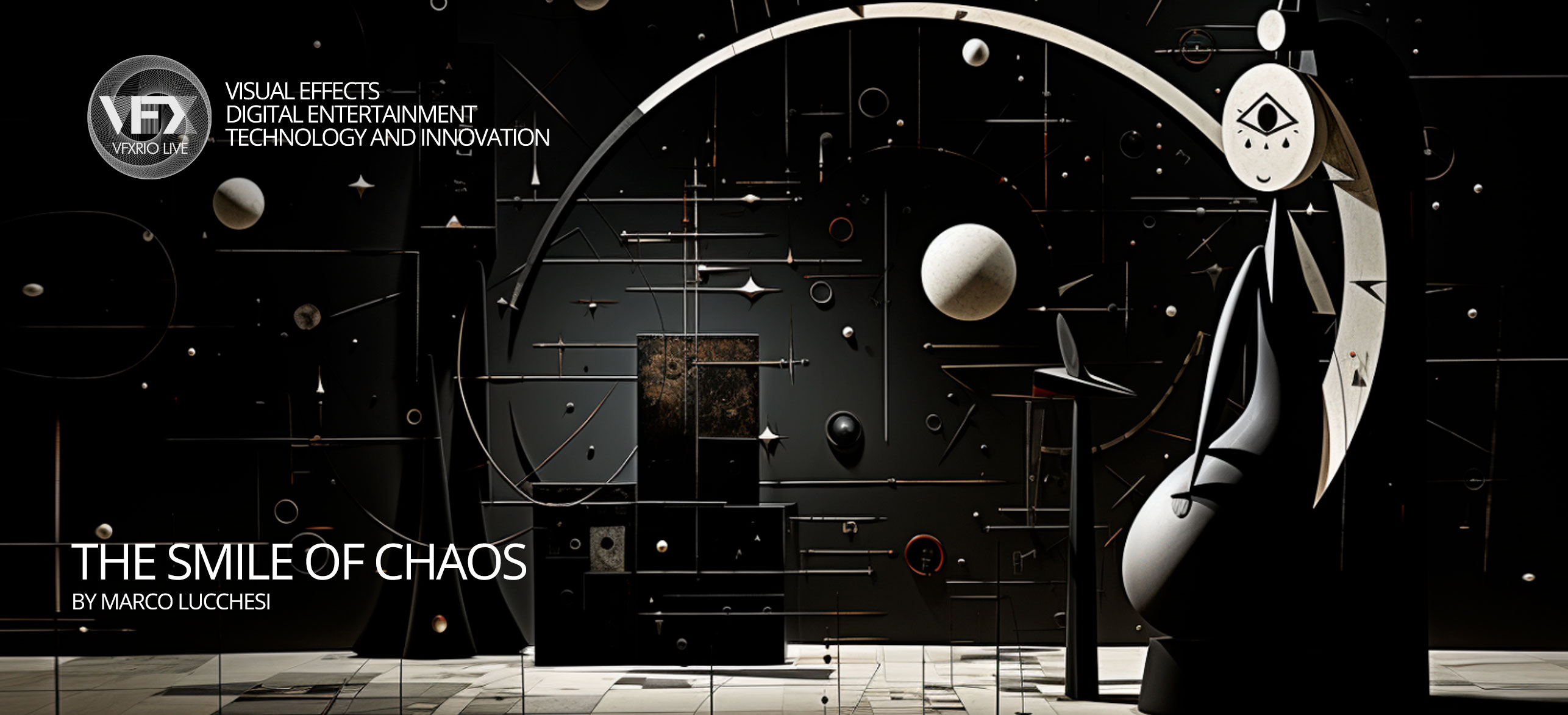The Smile of Chaos
Marco Lucchesi - (published in the Virtual Museum of Brazilian Art in 1997)

MANIFESTS: INDEX | ACTIVE PRESENCE | I WANT TO BE A MACHINE | MULTIVISION | THE SMILE OF CHAOS

The presence of fractals in recent years has only increased. Who doesn't remember the movie Star Trek II? The landscape of the planet Genesis has a fractal base. This is also true of the moons of Endor and the Death Star in the well-known Return of the Jedi. It is perhaps one of the great moments when science, culture and art have found a point of convergence. You only have to leaf through the beautiful volume The Beauty of Fractals, by Heinz Peitgen and Peter Richter, to recognize the increasingly fluctuating boundaries of knowledge. In Brazil, Kollreuter and Roberto Moriconi have associated Mandelbrot's dimension in their research. We can speak of an almost omnipresence of fractals in the thinking of the 80s and 90s. Just as important as the theory of relativity and quantum physics, the great hallmarks of the 20th century.
The first entirely CG sequence in a movie. ILM collaborated with Lucasfilm's computer graphics division to create the "Genesis Sequence", featuring a continuous shot of a planet being transformed into a habitable environment suitable for life (1982).
On the left Roberto Moriconi's work: Volume Energetico - series: Bioformas - visual concert - in steel and light, 1992 (Photo: Luiz Garrido) on the right Maestro Koellreutter and his score: search for "a new listening, of a new music" - (Photo: Cleo Velleda)
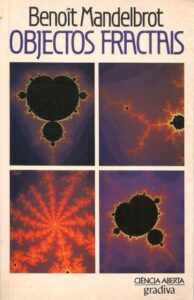 Fractal Objects , published in 1975, is a compelling, though often arduous, book. It takes place in the first person and does not dispense with images. The history of mathematics seems to "culminate" in Mandelbrot's discoveries. Like Aristotle, the metaphysician, before the pre-Socratics. As if everything was working towards it - perfecting itself. Forgotten authors were recalled, works never compiled, others unknown. Mandelbrot became an archaeologist of mathematics. But despite this non-traditional attitude, which generated a lot of discussion, the book took hold. It became a classic. All its fascination depended on the analysis of chaos and its marvelous scope. Mandelbrot wanders freely around the craters of the moon, the distribution of galaxies, the branching of the bronchi and the coastline of England. It's like the adventures of a Jules Verne on the seas of science. On the island of "Compléxia". Or rather, on the Island of Mandelbrot.
Fractal Objects , published in 1975, is a compelling, though often arduous, book. It takes place in the first person and does not dispense with images. The history of mathematics seems to "culminate" in Mandelbrot's discoveries. Like Aristotle, the metaphysician, before the pre-Socratics. As if everything was working towards it - perfecting itself. Forgotten authors were recalled, works never compiled, others unknown. Mandelbrot became an archaeologist of mathematics. But despite this non-traditional attitude, which generated a lot of discussion, the book took hold. It became a classic. All its fascination depended on the analysis of chaos and its marvelous scope. Mandelbrot wanders freely around the craters of the moon, the distribution of galaxies, the branching of the bronchi and the coastline of England. It's like the adventures of a Jules Verne on the seas of science. On the island of "Compléxia". Or rather, on the Island of Mandelbrot.
Jonathan Swift, in Gulliver's Travels, knows how to criticize a tradition that dates back to Euclid and which has influenced geometry so much: "To exalt the beauty of a woman, or any other animal, they describe her in rhombuses, circles, parallelograms, ellipses and other geometric terms." To this day we learn at school that it doesn't matter whether you draw a circle well or badly. If we have the radius and know that the area of the circle is equal to A = π . r2, everything is solved. We don't reason in terms of a circle, but of the Circle, of its idea. But, as Mandelbrot reminds us, clouds are not circles. The earth is not flat. Mountains are not squares. And the Idea is not in the world. Where chaos begins, classical science stops. A true Platonic dualism.
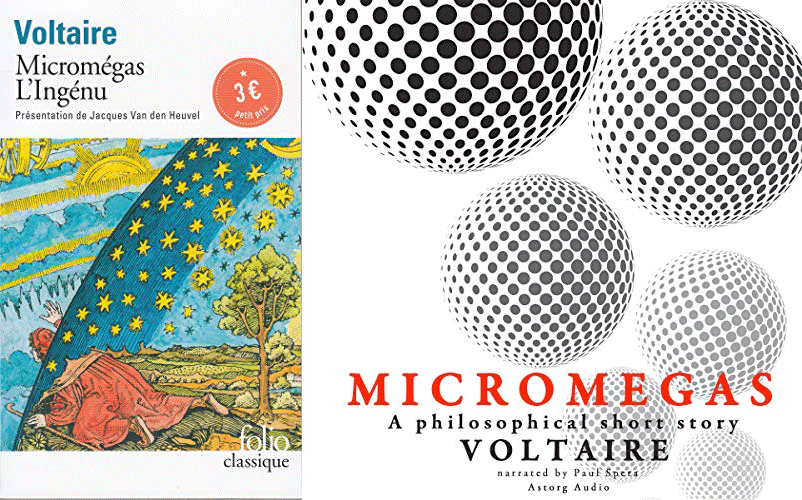
Micromegas by Voltaire is a satirical and philosophical work that recounts the journey of two giants, one from Sirius and the other from Saturn, in their quest to understand the world and humanity. Written by Voltaire, this provocative tale explores themes such as relativity, human vanity and the quest for knowledge. A work that challenges conventional notions and invites reflection (written in 1752).
In Voltaire's Micrômegas, we witness the geometric horror of the inhabitant of Saturn, as soon as he arrives on Earth: "Everything here seems to be in chaos: look at all these streams, there isn't one that runs in a straight line, these ponds are neither round, nor square, nor oval, nor of any regular shape". Mandelbrot, however, replaced horror with amazement. It was the end of deterministic, Laplacian predictability. The universe seemed to him - beyond and beyond Saturn - to be multifractal. A web of self-similarity on different scales. This seemed to be the key, the order underlying the chaos. Mathematical or natural fractals not only have structure on all scales, but they also have - within reasonable limits - the same structure on all scales. As we can see on Mandelbrot Island, where all the sets of Gacton Julia live, on an infinitesimal scale, revealed by zooms.
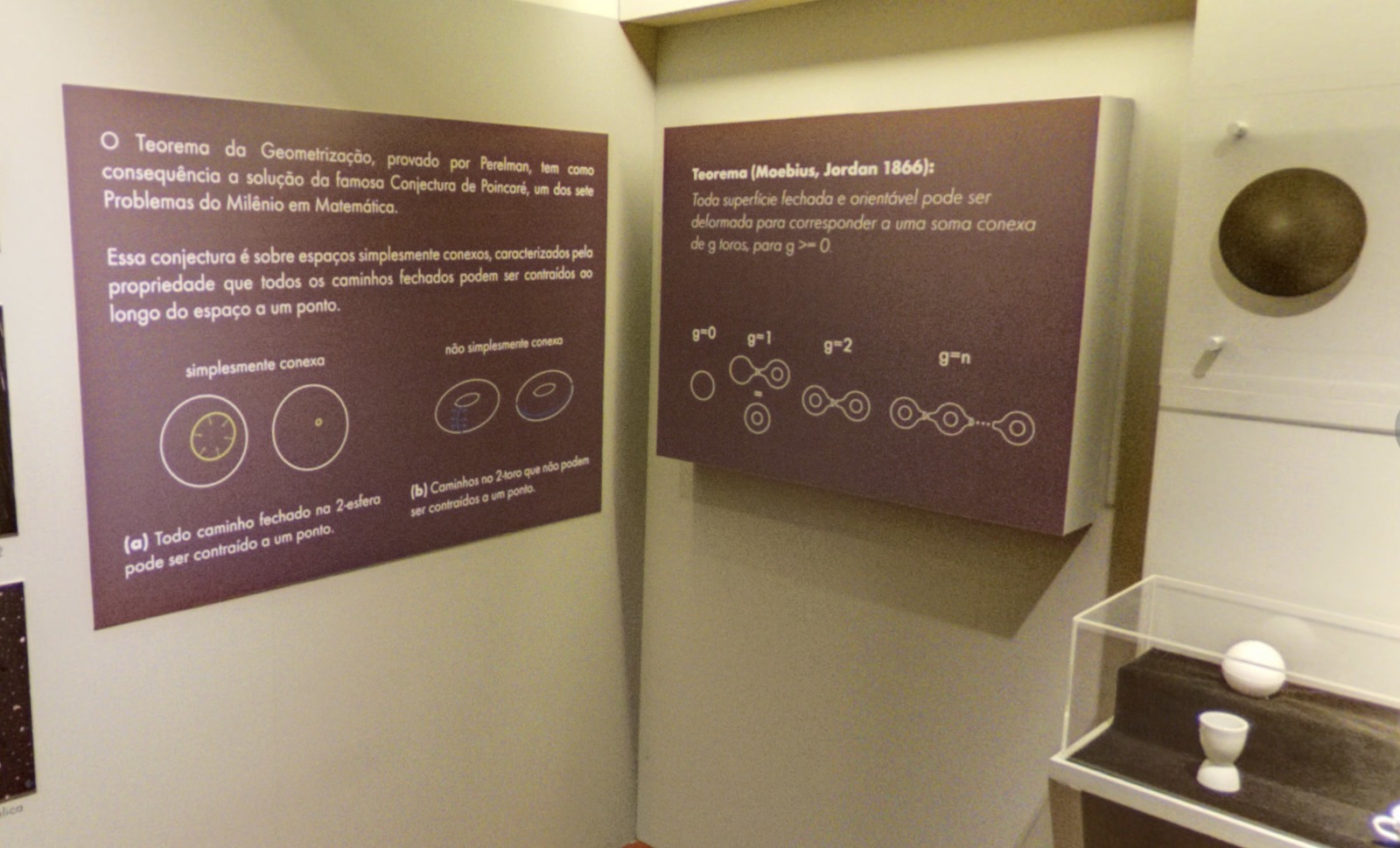
Image from the exhibition "Olhar 3D" curated by scientists and artists from Brazil and France at the Museum of Astronomy and Related Sciences - MAST. The Poincaré Conjecture is an important conjecture about topology. It states that the sphere is the only closed space of dimension 3 where all paths can be shrunk to a single point. The conjecture was formulated by Poincaré around the turn of the 20th century. source: https://olhar3d.impa.br
Mandelbrot said: "To be more precise, Fractal Objects set out not only to describe mountains, clouds and trees and clusters of galaxies, but also to describe them in a sufficiently perfect way to make it possible to imitate images of reality by means of formulas. Shortly afterwards, however, in my English book, I realized (by reading Poincaré) that the same techniques could also be applied to dynamics". Little by little, the author realized the interdisciplinary aspect of his hypotheses. The web became more complex. It also reached the body. For example, the exponential description of the branches of the bronchi could not stand up to a fractal view. So too with the urinary collecting system. The bile duct in the liver. The rhythm of the heartbeat. The world was made beautiful by this strange complex network. It was no longer the sympathy of Paracelsus, the correspondence of a Ficino, the numbers of Pythagoras, the alphabet of Galileo, the thinking god, as Farias Brito said, commenting on Spinoza ("deus sive natura").
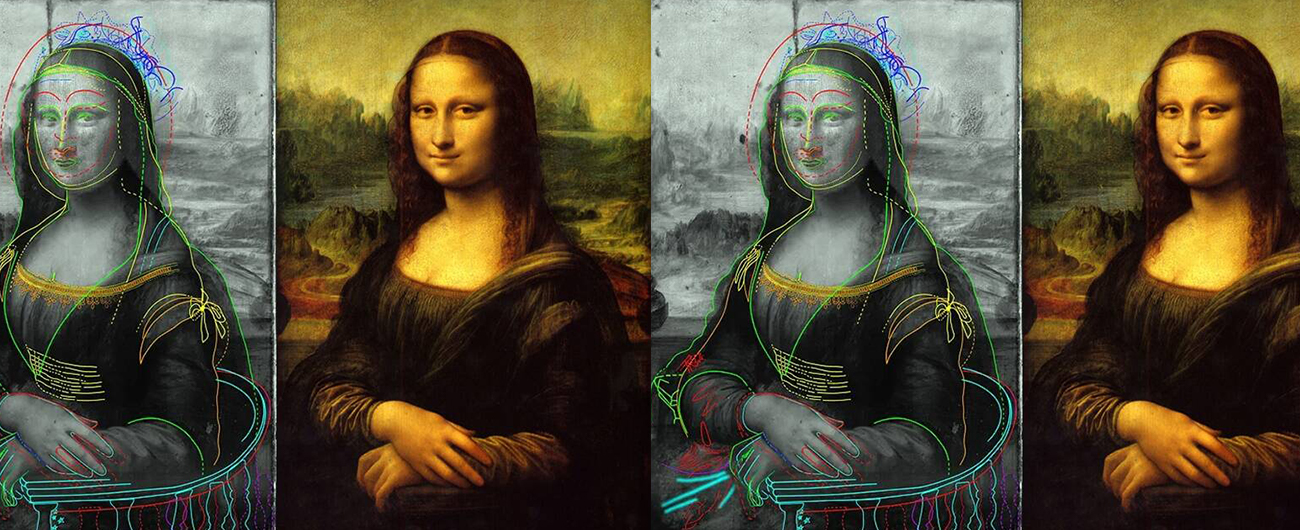
Source: Pascal Cotte / artnet News
Structure inhabits complexity. Under disorder, order. The bonds of the universe seem to fit together in scale. Under difference, identity. But beyond this horizon, we fully know that the smile of Modigliani's Jeanne Hebutèrne or Matisse's Gypsy have the same poetry as the Mona Lisa. Everything will be regulated by Euclid's ghost. Just a smile.

Acknowledgments to Marco Lucchesi for the collaboration on "The Smile of Chaos" Manifesto published on 1997 at the Virtual Museum of Brazilian Art.www.museuvirtual.com.br
Marco Americo Lucchesi is an award-winning Brazilian poet, writer, novelist, essayist, translator, historian and Esperantist. He is the seventh occupant of chair no. 15 of the Brazilian Academy of Letters (since 2011). He is also a full professor at the Faculty of Letters of the Federal University of Rio de Janeiro. (source: https://pt.wikipedia.org/wiki/Marco_Lucchesi)



